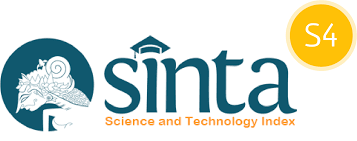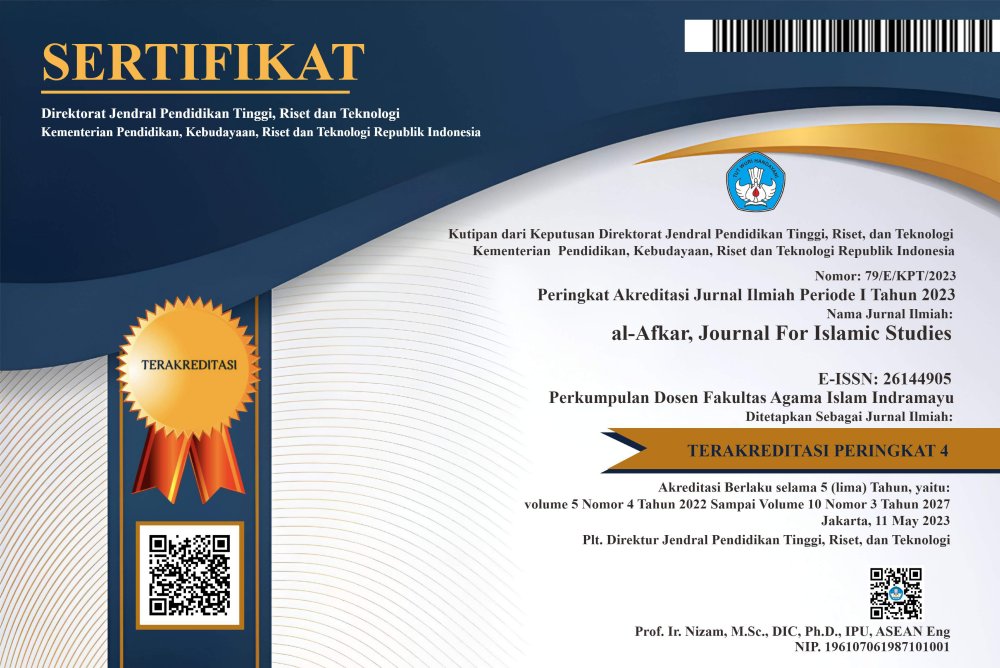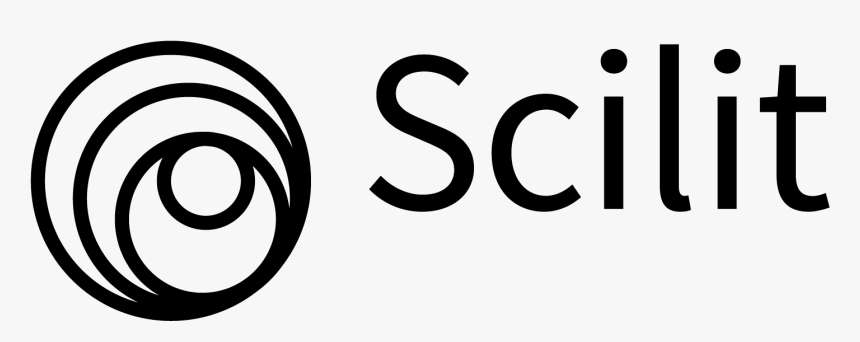Application of the Ar-ruhany Method in Learning Al-Qur'an Recitations at MI Darul Ulum Pandansari Senduro Lumajang
DOI:
https://doi.org/10.31943/afkarjournal.v7i3.1566Keywords:
Ar-ruhany method, recitation learning, MI Darul UlumAbstract
The aim of this research is to determine the planning of the Ar-ruhany method in learning Al-Qur'an recitations at Mi Darul Ulum Pandansari Senduro Lumajang. Apart from that, it also aims to determine the application of the Ar-ruhany method in learning Al-Qur'an recitations at Mi Darul Ulum Pandansari Senduro Lumajang. Also to find out the inhibiting and supporting factors for implementing the Ar-ruhany method in learning Al-Qur'an recitations at Mi Darul Ulum Pandansari Senduro Lumajang. to facilitate research on the application of the Ar-ruhany method in learning recitations of the Qur'an at Mi Darul Ulum Pandansari Senduro Lumajang, This research uses a descriptive qualitative approach with data collection carried out using observation, interview and documentation techniques, The data analysis techniques uses data reduction, by presenting data and drawing conclusions. he results of this research reveal that: first, planning in learning recitations of the Qur'an is by choosing to apply the Ar-ruhany method, mastering theory, material and preparing teaching equipment. Second, the application of the Ar-ruhany method includes an easy guidebook for learning recitations, face to face learning management, public prayer, achievement targets, interactive videos, and competent teachers. Third, the inhibiting and supporting factors for the Ar-ruhany method come from the students themselves, parents, instructors or teachers, and also the environment.
Downloads
References
Ahmad Fathoni, Tuntunan Praktis Maqra’ Babak Penyisihan dan Babak Final Musabaqah Cabang Qiraat Al-Qiraat Al-Qur’an Mujawwad (Jakarta: LPTQ Nasional, 2006).
Jalaluddin As-Sayuthidalam buku Muhsin Salim, Ilmu Nagham Al-Qur’an (Jakarta: PT. Kebayoran Widya Ripta, 2004).
Yusuf, psikologi perkembangan anak dan remaja,2005
Amiruddin, Metode Penelitian Sosial, (Yogyakarta: Parama Ilmu, 2016).
Lexy J. Moleong, Metodologi Penelitian Kualitatif, (Bandung: PT Remaja Rosdakarya, 2000),135.
Lincoln and Guba, Effektive Evaluation, Inproving the Usefullness of Evaluation Result Hrough Responsive and Naturalistic Approaches (San Francisco: California, 1981), 31.
Nana Syaodih Sukmadinata, Metode Penelitian Pendidikan, (Bandung: PT Remaja Rosdakarya,2013), 64.
Nana Syaodih Sukmadinata, Metode Penelitian Pendidikan, 222.
Sugioyono, Metode Penelitian Pendidikan (Pendekatan Kuantitatif, Kualitatif, dan R&D), (Bandung: Alfabeta, 2018), 14.
Sugioyono, Metode Penelitian Pendidikan (Pendekatan Kuantitatif, Kualitatif, dan R&D), 337
Downloads
Published
How to Cite
Issue
Section
License
Copyright (c) 2024 Khoirotun Nisa’

This work is licensed under a Creative Commons Attribution 4.0 International License.



















